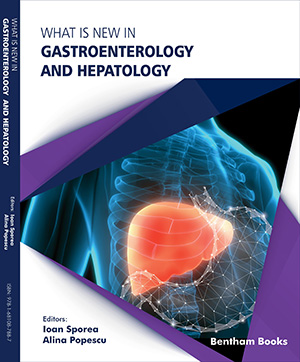Abstract
While the spectrum of liver diseases has changed in last few years and nonalcoholic fatty liver disease (NAFLD) becoming the main field of activity in hepatology, the evaluation of patients with chronic liver disease has shifted mainly from invasive methods (liver biopsy) to non-invasive methods. Liver ultrasound-based elastography, as a non-invasive method for predicting liver fibrosis, has been extensively studied and developed in the last fifteen years, demonstrating its good value for the evaluation of chronic liver diseases of different etiologies. Current elastography guidelines advise on how and when to use these elastographic methods in clinical practice and highlight their advantages and also their limitations too. Moreover, the rapid innovation of ultrasound systems has allowed the development of new software tools that allow, in addition to quantifying fibrosis, the quantification of steatosis and the viscoelastic properties of tissues, such as inflammation, thus turning the ultrasound systems into multiparametric methods (multiparametric ultrasoundMPUS). Also, besides liver stiffness, spleen stiffness is a good predictor for liver cirrhosis complications, such as portal hypertension and there are current recommendations and clear criteria for when to use elastography for evaluating portal hypertension.
Keywords: 2D-SWE, Liver elastography, Liver steatosis, pSWE, Shear-wave elastography, Spleen stiffness, Steatosis quantification, Transient elastography.






















